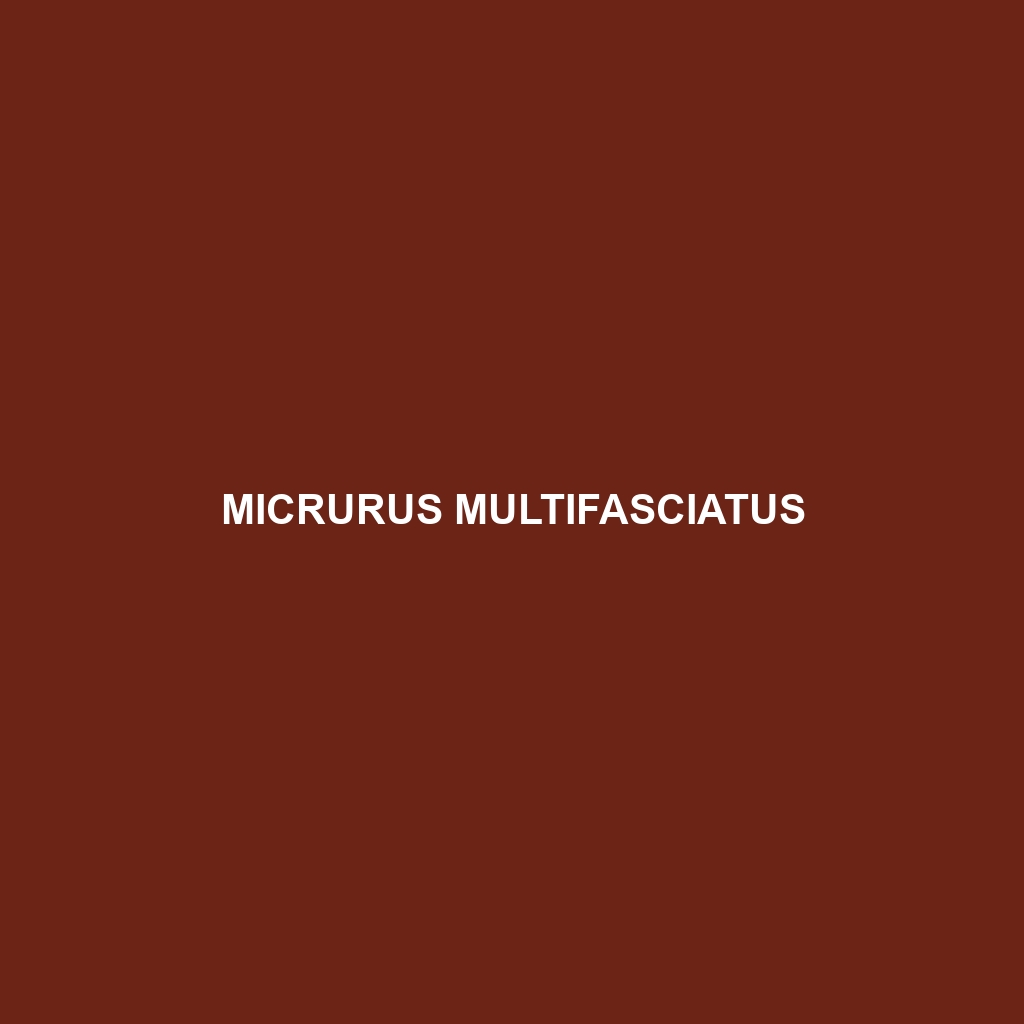<p>Discover the unique <b>Pristurus phillipsii</b>, also known as Phillips' Pristurus, a slender, nocturnal lizard native to the rocky outcrops of eastern Africa, specifically in <b>Kenya, Tanzania, and Mozambique</b>. With its striking tan and dark brown patterned scales, this insect-eating species plays a crucial role in pest control within its tropical and subtropical habitats.</p>
Tag: wildlife education programs
Pristurus phillipsii
<p>Discover the unique <b>Pristurus phillipsii</b>, also known as Phillips' Pristurus, a slender, nocturnal lizard native to the rocky outcrops of eastern Africa, specifically in <b>Kenya, Tanzania, and Mozambique</b>. With its striking tan and dark brown patterned scales, this insect-eating species plays a crucial role in pest control within its tropical and subtropical habitats.</p>
Philodryas boliviana
Discover the vibrant Philodryas boliviana, a striking green or olive-brown snake native to the rainforests of Bolivia and Brazil, known for its arboreal habits, diverse diet, and vital role in maintaining ecological balance as both predator and prey. With a length of 1.2 to 2 meters, this nocturnal species exhibits unique adaptations, including retractable fangs and camouflage, essential for survival in its lush habitat.
Micrurus multifasciatus
The Micrurus multifasciatus, also known as the many-banded coral snake, is a strikingly colorful species native to Central and South America's tropical rainforests and savannas. With its distinctive banding and primarily nocturnal behavior, this carnivorous snake plays an essential role in its ecosystem by controlling populations of small mammals and reptiles.
Liopeltis philippina
The Liopeltis philippina, or Philippine rat snake, is a striking, predominantly nocturnal carnivore that inhabits the lush rainforests of the Philippines, featuring a long, slender body with smooth scales and a diet consisting of small mammals, birds, and reptiles. This adaptable species plays a vital role in maintaining the ecological balance by controlling prey populations while also facing threats from habitat destruction.
Hydrophis hardwickii
<p>Discover the <b>Hydrophis hardwickii</b>, or Hardwicke's sea snake, a striking marine predator native to the Indian and Pacific Oceans, known for its slender body, paddle-shaped tail, and nocturnal hunting behavior. This unique species thrives in warm, shallow waters and plays a vital role in maintaining the balance of marine ecosystems.</p>
Gallotia stehlini
<b>Gallotia stehlini</b>, also known as the La Gomera lizard, is an endangered species native to the rocky habitats of the Canary Islands, measuring 25 to 35 cm in length with vibrant coloration and a diverse herbivorous diet. This diurnal lizard plays a crucial role in its ecosystem, aiding in seed dispersal and serving as prey for local predators.
Dopasia ludovici
Explore the fascinating Dopasia ludovici, a slender, elongated insectivore native to the tropical rainforests of Southeast Asia, featuring striking green and brown camouflage, nocturnal foraging behavior, and a unique ability to change coloration. This vulnerable species plays a crucial role in its ecosystem by balancing insect populations and aiding in plant health through pollination and seed dispersal.







